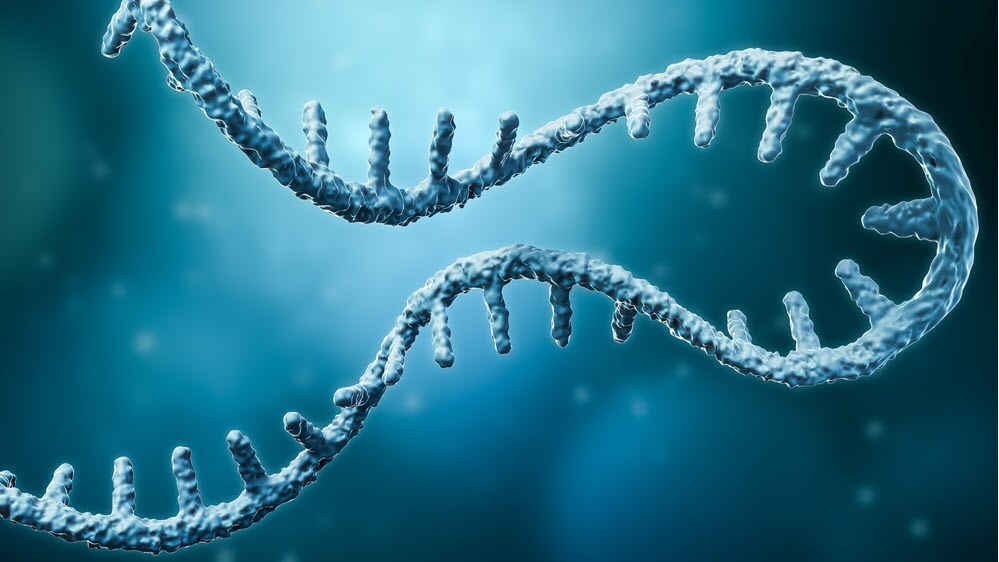Oligonucleotides, or oligos, are now helpful in many fields, including research, therapeutics, and diagnosis. That is because of the generous availability of single-strand DNA and RNA, which has enabled DNA amplification through PCR. Therefore, this primer has transformed gene expression and disease studies. In addition to being used as a primer, oligos are also utilized as probes in situ hybridization and microarray. This article will focus on the six types of oligonucleotides and their application.
PCR Primers
Oligonucleotides are primers for polymerase chain reactions. An efficient PCR primer must have specific characteristics, including:
- A complementary sequence should have a length of 18-22 nucleotides
- Similar melting temperatures are necessary for paired primers
- A primer should have a composition of 40%-60% GC
- A primer must not be homologous
- Pairs of primer must not dimerize
Note that the design software usually determines the sequence of the primer. However, finding paired primers with the above characteristics is sometimes challenging.
Sequencing
This oligonucleotide uses similar technology to PCR involving binding single-stranded DNA with a primer. However, the results of the sequence depend on the platform used. In this case, sequencing utilizes universal primers. Oligonucleotides are ligated on the nucleic acid fragments for sequencing using universal primers.
PCR Assays
PCR assays have been created for detecting and measuring gene expression related biologically. Assay plates are first preconfigured and used to increase the range of canonical pathways and diseases. These plates cover courses that reveal gene regulation and interaction patterns as long as they are biologically related. It provides a bigger picture of metabolic, signaling, and disease progressions. The panels’ work measures any change in how genes express concurrently. They are designed to allow the PCR to avoid areas with SNPs and detect an optimal number of transcription variables.
Antisense Oligonucleotides
These oligonucleotides apply in lowering protein synthesis levels by inhibiting mRNA translation or processing. This method is the highlight in clinical trials, including cancer treatments. Now, it is possible to get antisense therapy for retinitis and hypercholesterolemia. The oligonucleotides’ sequence results in the creation of short DNA with double strands. Antisense can be modified and unmodified in different ways. So, the inhibition mechanism includes blocking the RNA spicing proteins and degrading the whole double-stranded mRNA by the RNase H.
Fluorescence in Situ Hybridization (FISH)
These oligonucleotides help detect DNA or RNA within tissues and cells. Oligonucleotides or DNA fragments are utilized in this case as probes. Once the hybridization process has occurred, fluorescent is used for probe localization. FISH is applied in both clinical and basic research. So, FISH oligonucleotides have characteristics like:
- 20 to 30 nucleotides length
- Labels at the ends
- Multiple oligonucleotides that don’t overlap
- Oligonucleotides that can be labeled using fluorescent dye
DNA Microarrays
These microarrays have tiny spots of DNA. These spots are identified by fluorescence. The oligonucleotides are used in various applications like analyzing gene expression, genotyping, and measuring large gene expression numbers.
Conclusion
There are numerous types of oligonucleotides in therapy and research. They are all used in specific testing and DNA binding for different results.

Talha Ali is your tech generalist, covering a wide spectrum of topics within the ever-evolving world of technology. With a curiosity for the latest innovations, industry trends, and breakthroughs. Whether it’s hardware, software, emerging technologies, or the intersection of tech with daily life, Talha’s articles provide readers with a well-rounded perspective on the dynamic landscape of the tech industry.

